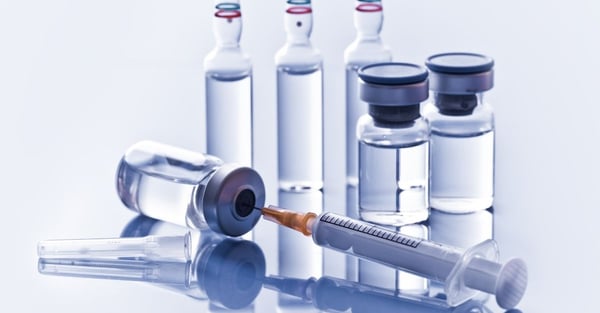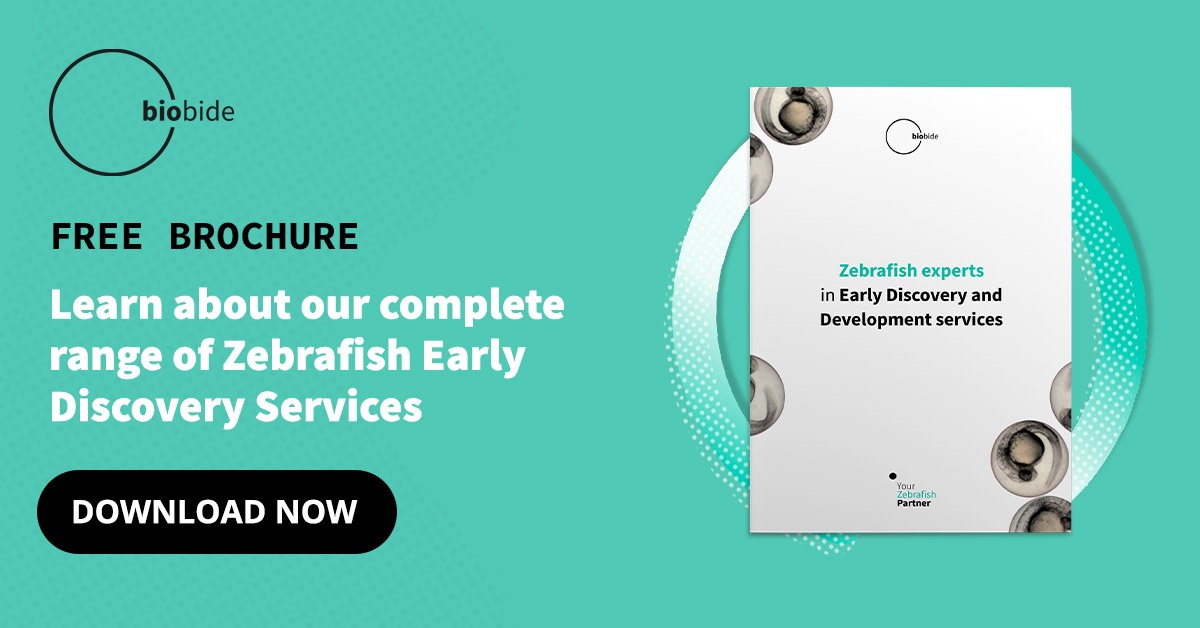Vaccines have been in use to prevent disease for hundreds of years. The first vaccine was discovered in 1796 by the doctor Edward Jenner, who developed a vaccination to eradicate the deadly disease smallpox.
Today, vaccines undergo sophisticated development processes, from the initial generation of the antigen (the substance that encourages the immune system to produce antibodies) to human clinical testing and constant monitoring.
Vaccine development and drug discovery are ongoing processes as medical researchers continue to try and find prevention for human diseases.

How are vaccines created?
Vaccines go through a rigorous procedure before they are authorised as part of a country’s vaccination programme. To meet regulatory standards a vaccine must be safe and effective. The process from the initial exploratory stage to the final market launch takes on average between 10-15 years.
A vaccine usually contains a minute dose of the organism that causes a disease, known as the pathogen.
Vaccine development goes through 5 key stages:
1. Antigen generation: Growth of the pathogen in cell cultures.
2. Antigen release and isolation: Removal of the antigen from the growth material.
3. Purification: To obtain the antibodies necessary for further development.
4. Strengthening: The addition of an adjuvant (increases the immune response), stabilisers or preservatives to prolong the vaccine life.
5. Distribution: Packaging and dispensation for use.
As part of this development, vaccines must go through stringent testing methods to ensure they are safe for use in humans. The various stages are:
1. Laboratory research: The research of antigen behaviour.
2. Pre-clinical: Studies on animals or alternative models to predict the effect the vaccine may have on the human body. This is the stage where vaccine development often fails as they do not give the expected result.
3. Clinical: The trial of the vaccine on human volunteers. This is split into three stages, with each including a larger number of subjects. This phase studies the efficacy of the vaccine and how the human body reacts to it.
4. Request for approval: Application to the regulatory authorities for approval to market the vaccine.
How can vaccine discovery be accelerated?
One of the principal ways to speed up the discovery and development of a vaccine is by using alternative models to animals. Animal testing takes time to achieve results, whereas alternative models such as Zebrafish speed up the process. They breed fast and have a similar genetic construction to humans, which can accelerate the experimental process.
Repositioning is another way to reduce the time it takes to discover and market a vaccine. This method uses existing medications or vaccines to develop new ones. In some cases, new vaccines and treatments have been accidentally discovered when researching others, and in other situations the use of the previous pathogen is intentional.
How are vaccines created using repositioning?
Repositioning is a timesaving and cost-effective method, as seen in the rapid development of the COVID-19 vaccine. The need to find a safe and effective vaccine rapidly during the pandemic is a prime example of repositioning.
Because if a drug or vaccine has already been tested for safety, toxicity and adverse effects it often does not need to repeat these stages. However, regulations are strict concerning the use the drug or vaccine is intended for, and further tests may be required.
This table gives examples of drug repositioning.
|
Drug |
Original indication |
New indication |
|
Amphotericin B |
Fungal Infections |
Leishmaniasis |
|
Aspirin |
Inflammation, pain |
Antiplatelet |
|
Bromocriptine |
Parkinson’s disease |
Diabetes mellitus |
|
Finasteride |
Prostatehyperplasia |
Hair loss |
|
Gemcitabine |
Viral infections |
Cancer |
|
Methotrexate |
Cancer |
Psoriasis, rheumatoid arthritis |
|
Minoxidil |
Hypertension |
Hair loss |
|
Raloxifene |
Cancer |
Osteoporosis |
|
Thalidomide |
Morning sickness |
Leprosy, multiple myeloma |
|
Sildenafil |
Angina |
Erectile dysfunction, pulmonary hypertension |
|
Amodiaquine |
Malaria |
Zika Virus |
|
Cisapride |
Prokinetic |
Chagas disease |
|
Ivermectin |
Antiparasitic |
Cancer |
|
Quinacrine |
Malaria, Giardia infection |
Prion disease, cancer |
|
Chloroquine |
Malaria a. Tr. Ph.. II |
Coronavirus |
|
Remdesivir |
Ebola a. Tr. Ph.. II |
Coronavirus |
|
Prontosil (Sulfami dochrysoidine) |
Staining |
S. pyogenes |
Source: Biobide –The Use Of Alternative Models In R&D&I Of New Drugs, Including Vaccines
Also referred to as drug repurposing, the average cost for a repositioned drug is $1.6 billion compared with $12 billion for a new drug.
As the fight against human disease continues it is essential to reduce the vaccine discovery timeline process. Modern methods, such as the use of Zebrafish in vaccine research, are constantly evolving, and are a valuable way to accelerate vaccine discovery.





